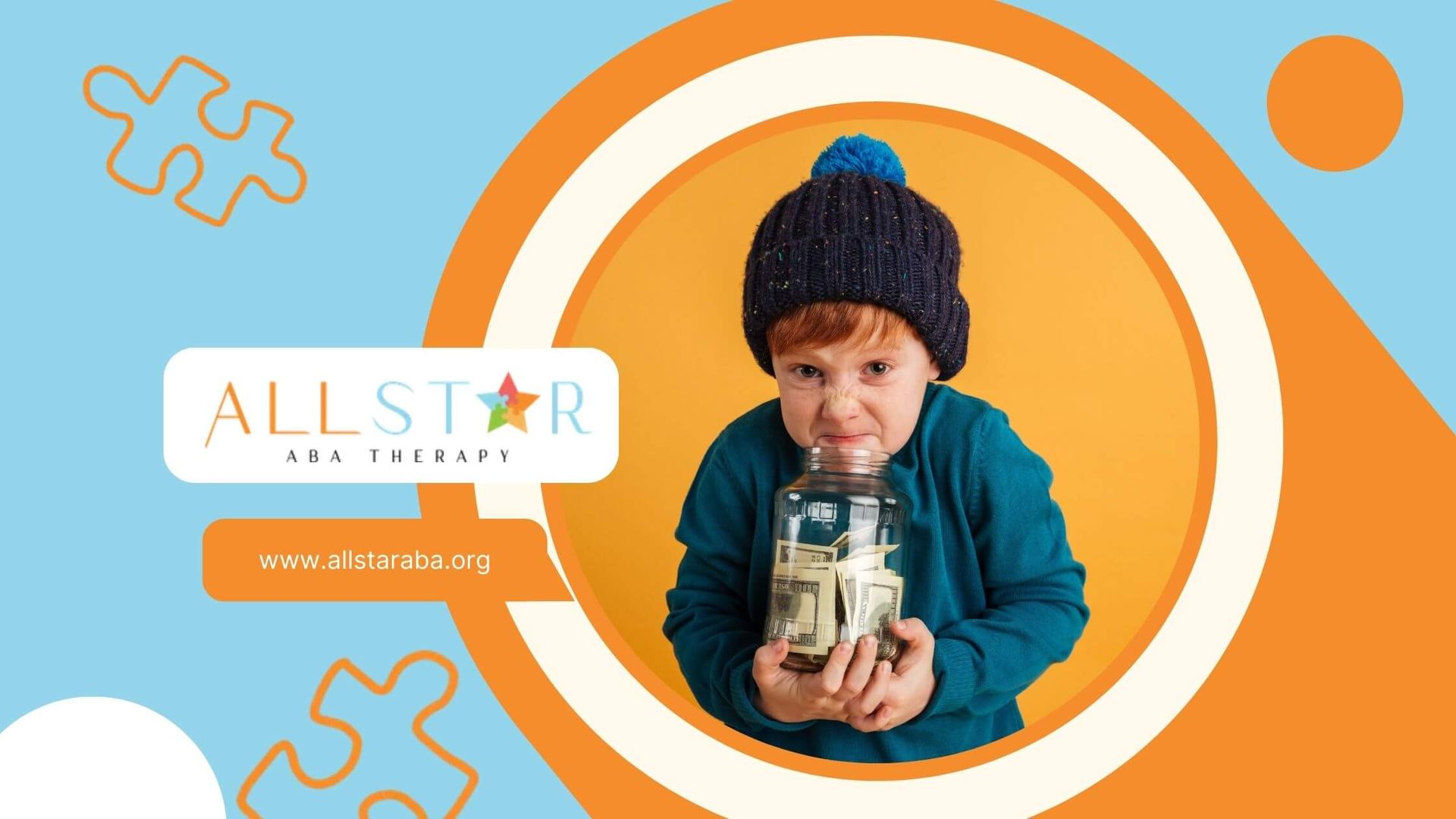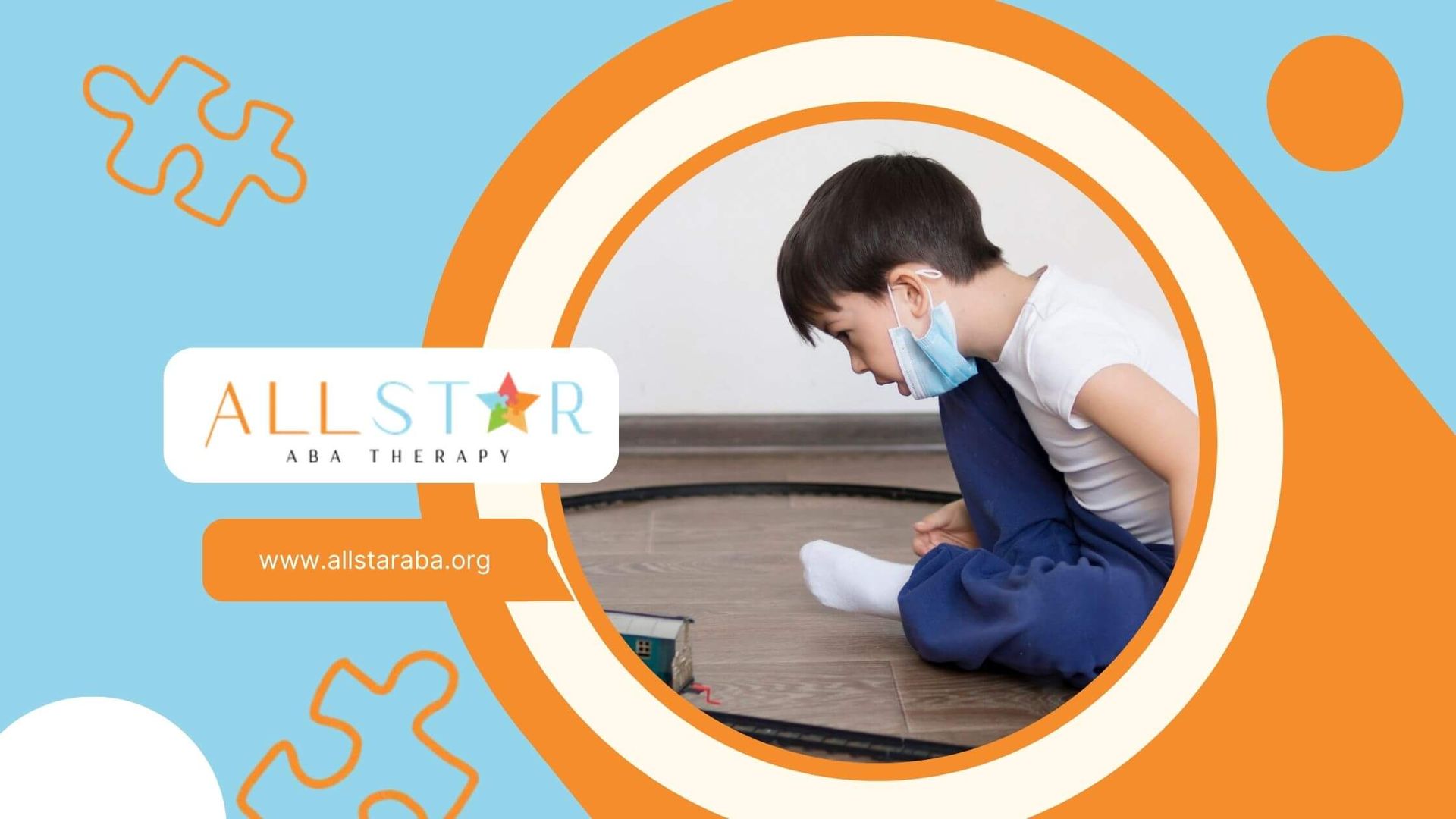New Paragraph
Embracing Autism: A Journey Toward Acceptance, Empowerment, and Inclusion
Autism Spectrum Disorder (ASD) is a developmental condition that affects communication, behavior, and how individuals perceive the world. But beyond the clinical definitions lies a powerful truth: autism is not something to be “fixed” — it is something to be understood, supported, and embraced.
In this blog, we’ll explore what embracing autism truly means. We'll dive into the importance of acceptance, the beauty of neurodiversity, how society can become more inclusive, and how families, educators, and communities can play a vital role in building a world where autistic individuals thrive.
What Does “Embracing Autism” Mean?
To embrace autism is to go beyond awareness. It means moving past stereotypes and misunderstandings and toward compassion, understanding, and genuine inclusion.
It involves:
- Accepting differences instead of trying to change them
- Recognizing strengths instead of focusing only on challenges
- Creating space for autistic voices instead of speaking over them
- Supporting growth through empathy, not pressure
Most importantly, it means seeing autism as a part of human diversity—not a problem, but a different way of being.
Moving From Awareness to Acceptance
April is often designated as Autism Awareness Month, but many advocates are now pushing for a shift toward Autism Acceptance Month. Why?
Because awareness is just the first step. Acceptance is what leads to:
- Better support services
- More inclusive schools and workplaces
- Reduced stigma and stereotypes
- Empowered individuals and families
True acceptance happens when we celebrate, accommodate, and advocate.
Understanding Autism Beyond the Labels
Autism is a spectrum—which means it looks different in every person.
Some individuals are nonverbal, others are highly articulate. Some have sensory sensitivities, while others may not. Some need 24/7 support, while others live independently. All are valid.
It’s important to remember:
- Autism is not a disease
- It’s not caused by bad parenting
- It’s not defined by IQ
- It’s not something that can be “cured”
Instead, it’s a neurodevelopmental difference—one that brings both strengths and challenges.
The Strengths of Autistic Individuals
Much of the conversation around autism has historically focused on deficits. But when we shift our lens, we discover extraordinary strengths, such as:
- Deep focus and attention to detail
- Creative problem-solving
- Honesty and authenticity
- Strong memory skills
- Unique ways of thinking
Many autistic people have made remarkable contributions in fields like art, science, technology, and literature—not in spite of autism, but because of it.
Listening to Autistic Voices
One of the most important steps in embracing autism is listening to autistic people themselves.
Too often, conversations about autism are dominated by professionals, parents, or caregivers. While their perspectives are valuable, it’s essential to center the voices of those with lived experience.
Autistic self-advocates offer powerful insight into:
- How they experience the world
- What accommodations truly help
- How they define success
- What inclusion looks like to them
Following autistic bloggers, authors, and public speakers is a great way to expand your understanding and become a better ally.
Creating Inclusive Environments
Whether at home, in school, or in the workplace, small changes can make a big difference. Embracing autism means building environments where individuals feel safe, supported, and seen.
For Parents and Families:
- Use clear and consistent communication
- Focus on strengths, not just milestones
- Celebrate small wins
- Allow space for sensory regulation
- Build routines while encouraging flexibility
For Educators:
- Incorporate visual schedules and structured transitions
- Offer sensory-friendly classrooms
- Use interest-based learning to boost engagement
- Foster peer relationships through social skill-building
For Employers:
- Create flexible job roles that play to strengths
- Offer quiet workspaces or noise-canceling tools
- Educate teams about neurodiversity
- Encourage feedback from neurodivergent employees
Breaking Down Myths About Autism
Embracing autism also means challenging myths and misconceptions. Here are a few common ones—and the truth behind them:
| Myth | Truth |
|---|---|
| People with autism lack empathy | Many autistic individuals experience deep empathy, though they may express it differently |
| Autism is caused by vaccines | This has been debunked repeatedly by scientific studies |
| Autistic people can’t form relationships | Autistic individuals can and do have meaningful relationships—they may just look different |
| You can “grow out” of autism | Autism is a lifelong neurotype, but support and understanding can help individuals thrive |
| All autistic people are the same | Autism is a spectrum with diverse expressions and experiences |
Supporting the Whole Person
Every person with autism is a whole person, with dreams, fears, preferences, and potential.
Support shouldn’t just focus on behavior—it should include:
- Emotional well-being
- Mental health
- Sensory needs
- Social support
- Opportunities for autonomy
Embracing autism means empowering individuals to live authentically—on their own terms.
Celebrating Neurodiversity
The neurodiversity movement celebrates the idea that neurological differences like autism, ADHD, dyslexia, and others are natural variations of the human brain.
Rather than viewing these differences as disorders, the neurodiversity perspective promotes:
- Inclusion over intervention
- Adaptation over assimilation
- Accommodation over punishment
When we embrace neurodiversity, we embrace innovation, creativity, and new ways of seeing the world.
Teaching Acceptance Early
Children are naturally curious and open-minded. Teaching them to accept differences early on lays the foundation for an inclusive future.
Teach children that:
- Everyone communicates differently
- Being different isn’t bad—it’s what makes us special
- Friends can be nonverbal or need help with transitions
- It’s okay to ask respectful questions
- Inclusion means making sure everyone belongs
Books, shows, and classroom discussions about autism and neurodiversity can spark empathy and understanding at a young age.
How Therapy Plays a Role in Embracing Autism
Therapies like Applied Behavior Analysis (ABA), speech therapy, occupational therapy, and social skills training can play a powerful role in supporting autistic individuals.
But when done right, therapy is not about making someone “less autistic”—it’s about helping them:
- Communicate their needs
- Build meaningful relationships
- Navigate the sensory world
- Gain independence
The goal of therapy should always be to honor the individual, not change who they are.
The Importance of Community
Embracing autism is not something any one person can do alone. It takes a community—of parents, therapists, teachers, employers, and peers—who are willing to learn, adapt, and grow.
Together, we can:
- Advocate for better services
- Challenge harmful stereotypes
- Make public spaces more accessible
- Ensure that autistic people are not just included—but celebrated
Final Thoughts
Embracing autism is not a one-time act—it’s a lifelong mindset. It’s choosing compassion over judgment, curiosity over assumptions, and action over silence.
By changing how we see and support autism, we can change the world—not just for autistic individuals, but for everyone.
If you're looking for compassionate, individualized therapy for a loved one on the autism spectrum, All Star ABA is here to help. Our dedicated team offers tailored ABA services that celebrate each person’s strengths while supporting their growth and goals.
Frequently Asked Questions
What does it mean to embrace autism?
Embracing autism means accepting and celebrating neurodiversity. It involves recognizing the strengths and challenges of autistic individuals, supporting their needs, and creating inclusive environments that allow them to thrive.
Why is it important to focus on acceptance instead of awareness?
Awareness tells people that autism exists. Acceptance promotes meaningful change, reduces stigma, encourages accommodations, and leads to a more inclusive society for autistic individuals and their families.
Can therapies help without trying to “change” an autistic person?
Yes. Supportive therapies like ABA, speech, and occupational therapy should focus on empowering individuals, not forcing them to conform. The goal is to enhance communication, independence, and quality of life—not erase autism.
Sources:
- https://pmc.ncbi.nlm.nih.gov/articles/PMC2677582/
- https://www.mayoclinic.org/diseases-conditions/autism-spectrum-disorder/symptoms-causes/syc-20352928
- https://www.autistica.org.uk/what-is-autism/autism-myths-and-causes
- https://www.medicalnewstoday.com/articles/audhd
- https://www.autismspeaks.org/sensory-issues
Need Support?
We're Here to Help!
Our experienced team is ready to assist you. Reach out today to discuss how we can support your child's development and well-being.
Get started with expert ABA therapy today.








